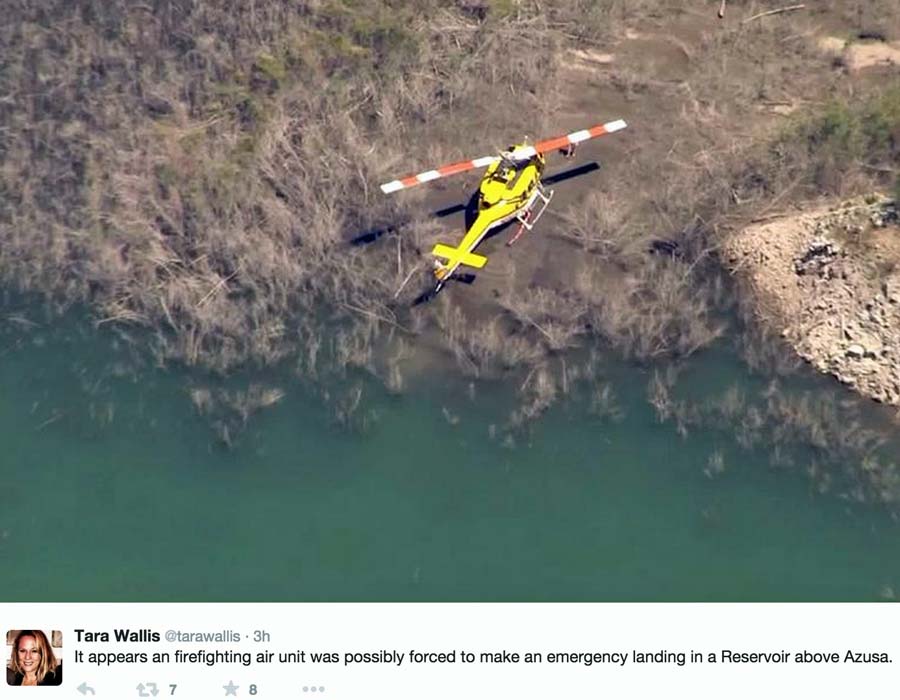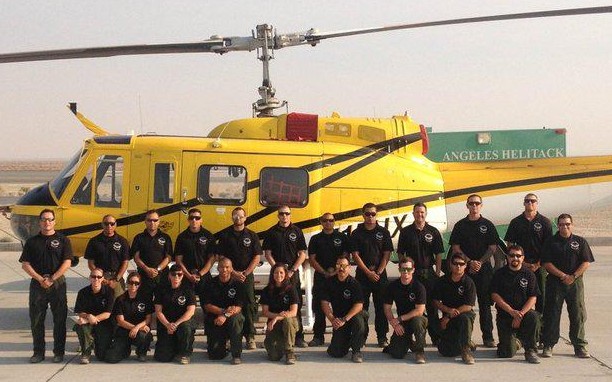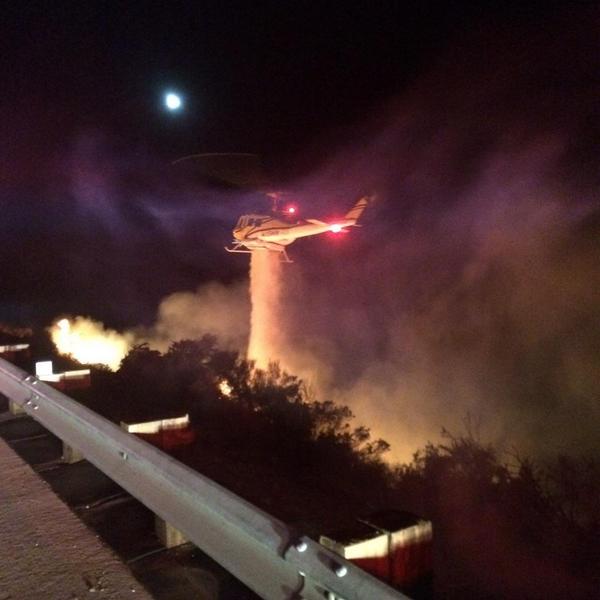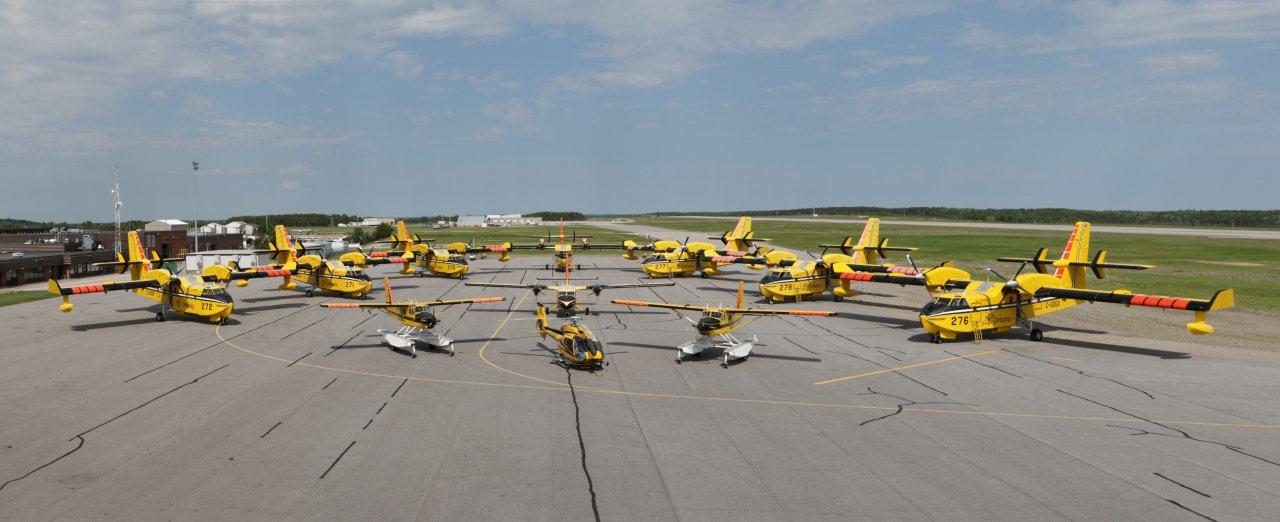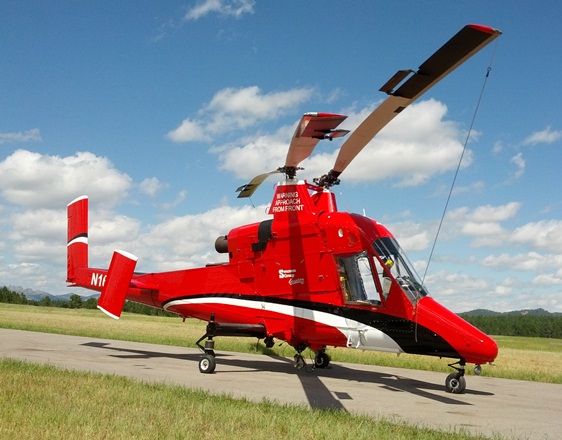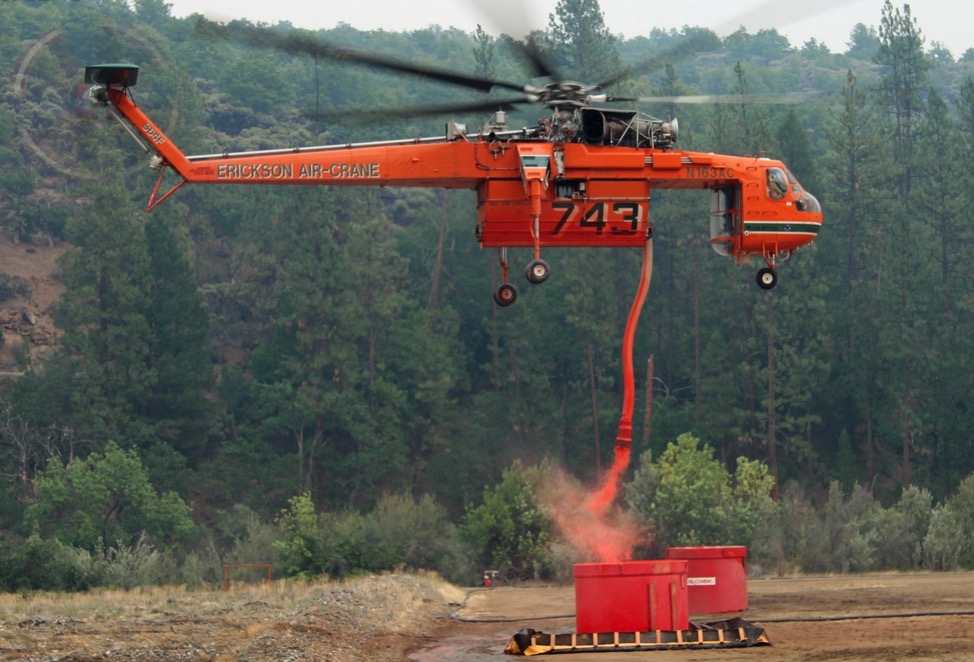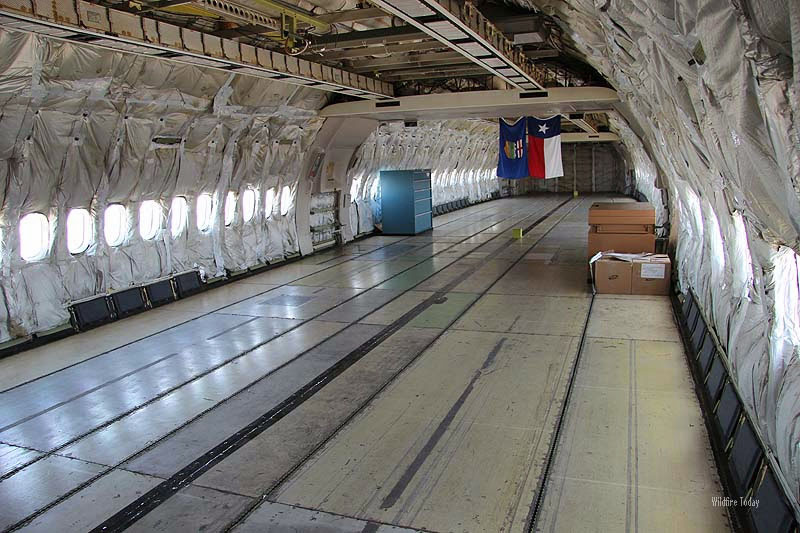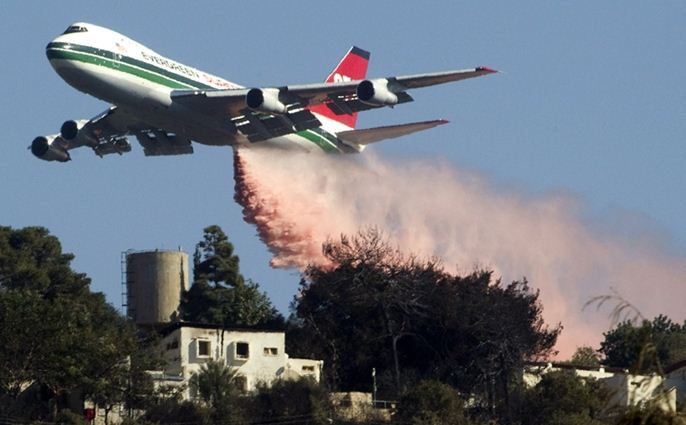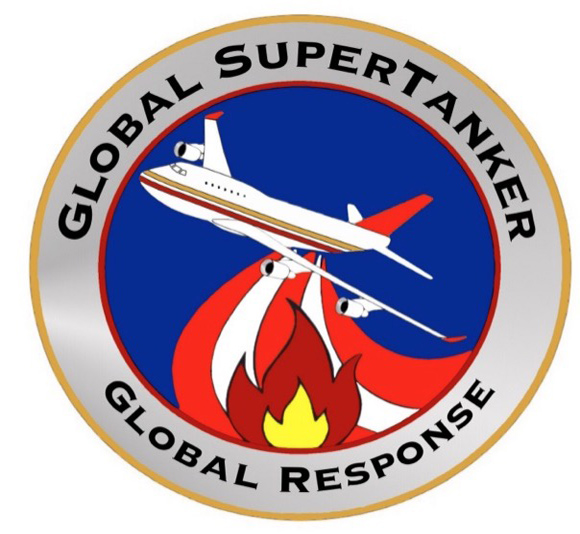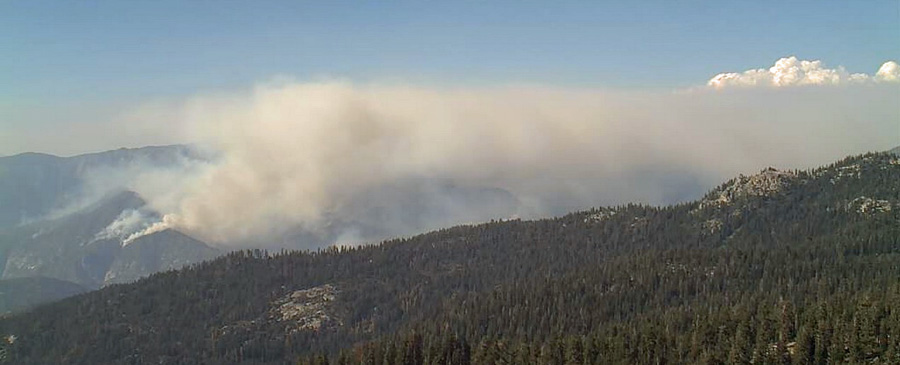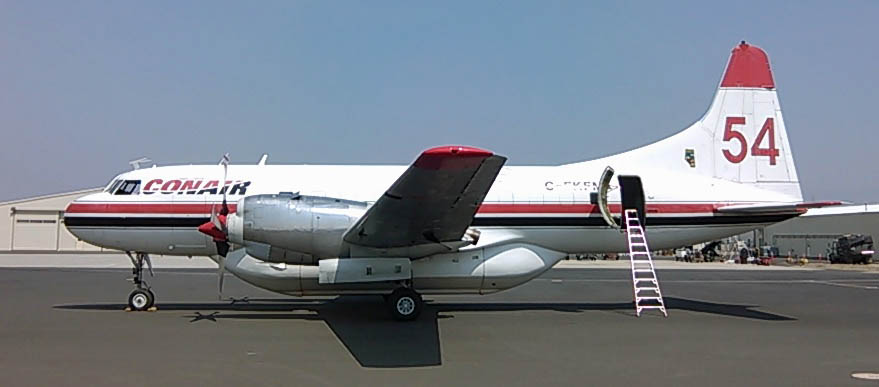
The U.S. Forest Service has 33 large air tankers currently activated in the United States; 15 on multi-year, full time exclusive use contracts, 9 on call when needed contracts (part time), 6 borrowed from Canada, and 4 military Modular Airborne FireFighting System (MAFFS) C-130s.
This is the highest number of air tankers we have seen working in the United States at the same time in recent years — especially the 23 that are under some sort of U.S. Forest Service contract, full time exclusive use or call when needed part time. In 2002 there were 44 large air tankers on exclusive use contracts but that number declined over the next 12 years to a low point of 9 in 2013.
Here is the breakdown:
USFS Multi-year full time exclusive use (14)
T-118 HC-130H U.S. Forest Service
T-105 MD-87 Aero Air, LLC
T-101 MD87 Aero Air, LLC
T-161 RJ85 Aero Flite, Inc.
T-160 RJ85 Aero Flite, Inc.
T-260 CL-415 Aero Flite, Inc.
T-912 DC-10 10 Tanker Air Carrier, LLC
T-131 C-130 Coulson
T-10 BAe-146 Neptune Aviation Services, Inc.
T-43 P2V Neptune Aviation Services, Inc.
T-06 P2V Neptune Aviation Services, Inc.
T-45 P2V Neptune Aviation Services, Inc.
T-05 P2V Neptune Aviation Services, Inc.
T-07 P2V Neptune Aviation Services, Inc.
T-44 P2V Neptune Aviation Services, Inc.
USFS Call When Needed (part time) (9)
T-911 DC-10 10 Tanker Air Carrier, LLC
T-910 DC-10 10 Tanker Air Carrier, LLC
T-02 BAe-146 Neptune Aviation Services, Inc.
T-01 BAe-146 Neptune Aviation Services, Inc.
T-41 BAe-146 Neptune Aviation Services, Inc.
T-40 BAe-146 Neptune Aviation Services, Inc.
T-162 RJ85 Aero Flite, Inc.
T-163 RJ85 Aero Flite, Inc.
T-164 RJ85 Aero Flite, Inc.
Canadian government (borrowed) (3)
T-154 CV580 Alberta
T-173 CV580 Saskatchewan
T-174 CV580 Saskatchewan
Canadian companies (3)
T-155 CV580 Conair
T-142 C-440 Conair
T-152 CV580 Conair
MAFFS C-130s (4)
MAFFS 2 302nd Airlift Wing, Air Force Reserve, Peterson Air Force Base
MAFFS 5 302nd Airlift Wing, Air Force Reserve, Peterson Air Force Base
MAFFS 1 153rd Airlift Wing, Wyoming Air National Guard
MAFFS 9 145th Airlift Wing, North Carolina Air National Guard
It is interesting that Aero Flite has five RJ85s converted, certified, staffed, and actively fighting fires, and Neptune has five BAe-146s doing the same. A few days ago three DC-10s began working at the same time, which is a first for 10 Tanker Air Carrier.
Department of the Interior air tankers
Until a few years ago the Bureau of Indian Affairs had two water scooping air tankers on contract, but now there is an agreement in place between the DOI and the USFS whereby the USFS will handle contracts for all large air tankers, including scoopers. Now there is just one scooping air tanker on contract with the federal government, a CL-415 operated by Aero Flite. Jennifer Jones, a spokesperson for the USFS, told us that the USFS does not consider the CL-415 to be an air tanker (or an “airtanker” as the agency calls them). To them it is a “scooper”.
The agreement also specified that the BLM would manage contracts for Single Engine Air Tankers and this year there are 33 SEATs, according to BLM spokesperson Randall Eardley.
More next-generation air tankers on the way?
Months ago the USFS issued a solicitation for “up to seven” additional next-generation air tankers. It was protested by two vendors before the solicitation even closed but those were both denied by the GAO. We checked, and Mrs. Jones told us that they are still working through the contracting process. After they make a decision about awards, then there is a 30-day waiting period while Congress is notified, after which the agency can actually award contracts — which could be protested again at that point.
Mrs. Jones said:
While we are working diligently to complete the contracting process, there is no estimated timeframe for completing that, notifying Congress, announcing awards, etc. at this time.

